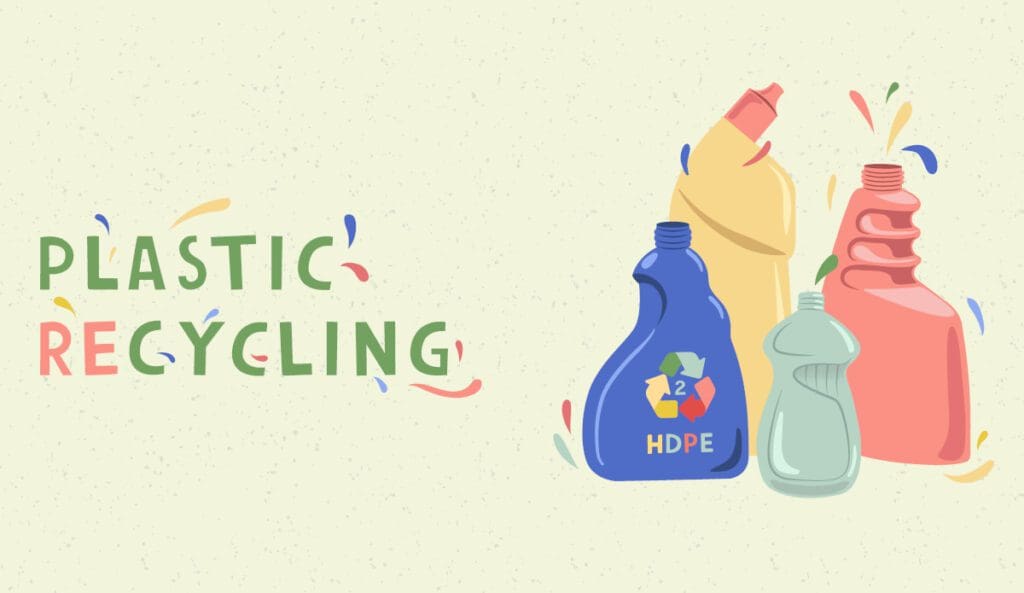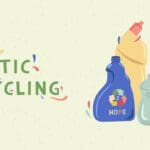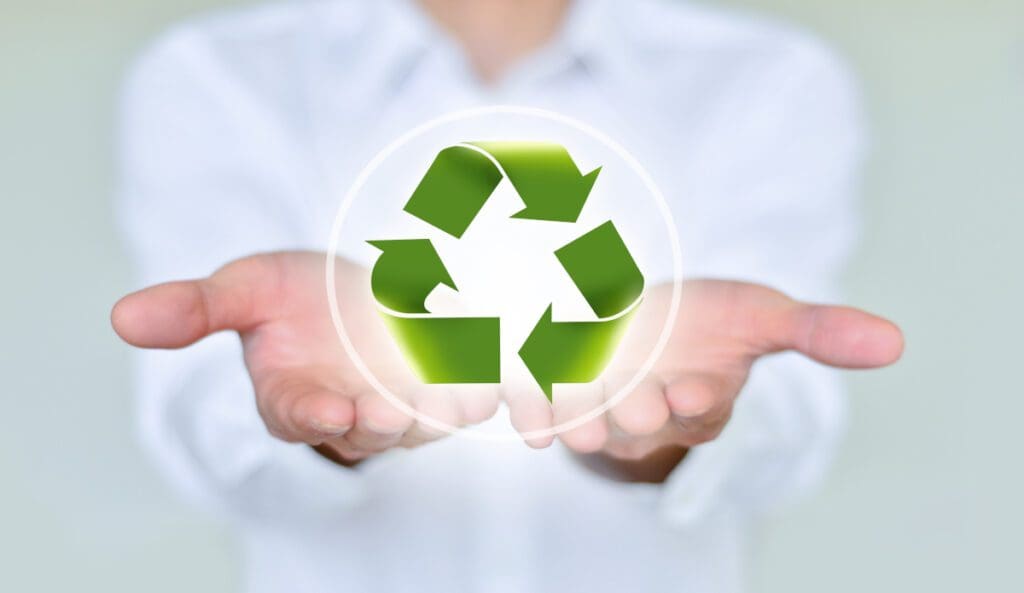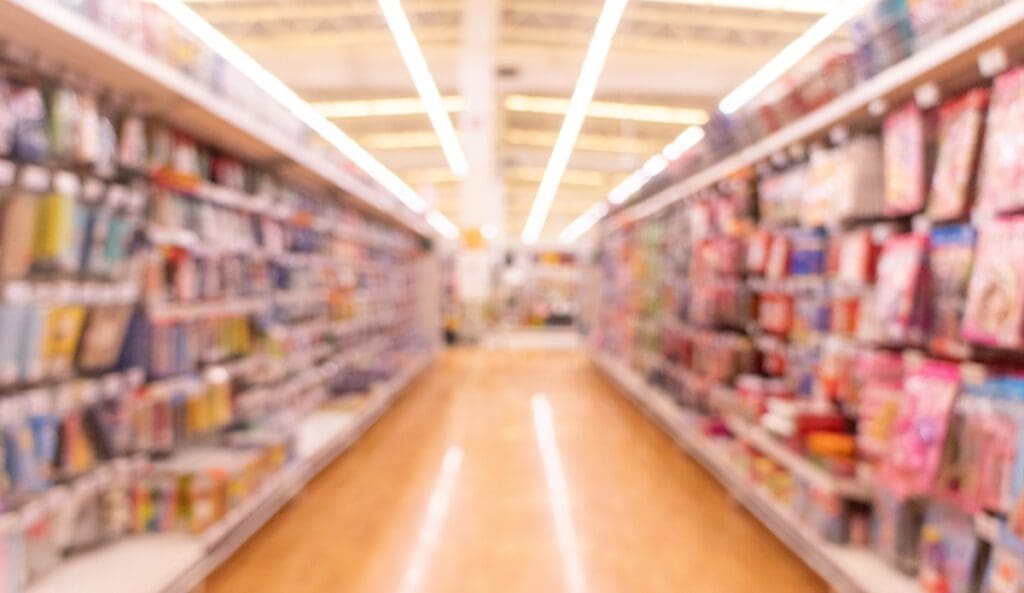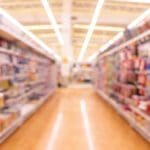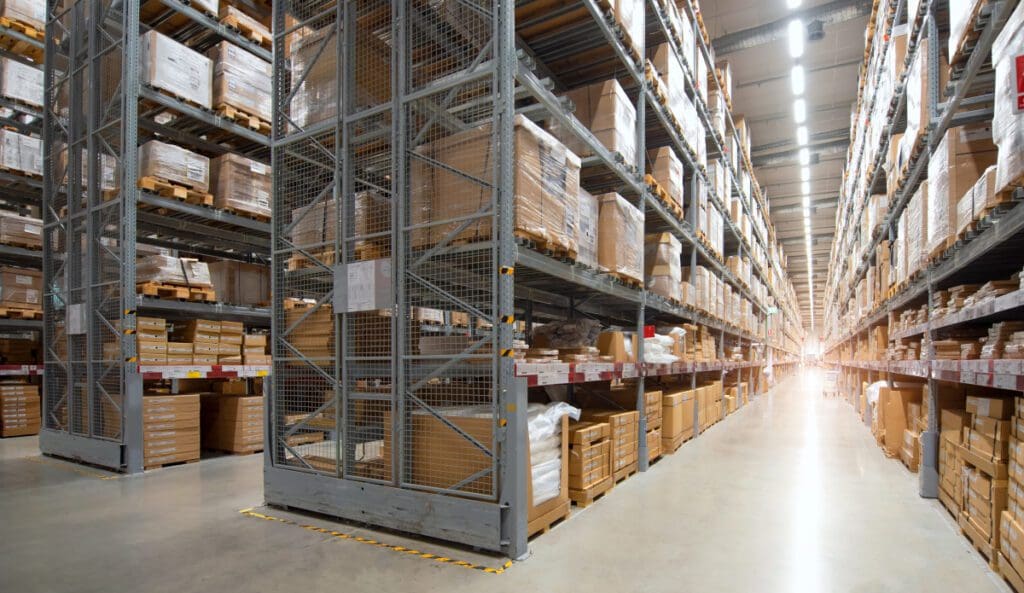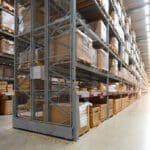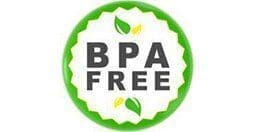
BPA plastics went from a cost-effective and strong plastic solution, to public enemy number one. Is this reputation justified and should you be concerned?
BPA is the bogeyman of the plastics world.
It hides in plastics, waiting to leap out and poison your food. Or, does it?
BPA, or Bisphenol A, is an industrial chemical that has been used to make a range of different plastics and resins.
It first was used in plastic production in the late 1950’s.
By the 1970’s, it was used in half a billion pounds of consumer plastic items, mostly food and drink related containers.
Mothers were putting warm milk in BPA baby bottles, or even worse, heating milk in the bottles, enjoying the convenience of safe plastic containers.
But then in 1977, researchers started studying BPA. There was a lot of figure-fiddling and it was declared safe.
However, in 1993 Stanford university scientists found that when the contents were heated, the heat excites the BPA and then it migrates into the contents.
The BPA was leaching from the polycarbonate flasks into the contents.
This increased levels of estrogen in the contents were due to the BPA.
Then, scientists began to fully understand that BPA was an endocrine disruptor.
What does BPA do to the human body?
Since Stanford’s study in 1993, there have been a range of research done on BPA and how it can affect your body.
It interferes with the normal functions of the human body and could cause a range of problems, including cancer.
In high doses, it can lead to male and female infertility, early puberty, tumours such as breast and prostate cancer, and PCOS (polycystic ovary syndrome).
However even in low doses, BPA is linked to cardiovascular problems, angina, hypertension and artery disease.
Where can BPA be found?
While everyone knows that some water bottles are a BPA source, it’s found in a variety of other household materials too.
Cans are lined with BPA resin. It’s in some water supply lines, children’s toys, dental sealants, some plastic-lined receipts, plastic cups, and many other plastic items.
It even has been found in water, air and dust, making it difficult to avoid. Basically, it’s in everything.
While BPA is perfectly safe as long as it’s contained within the plastic, high temperatures, scratches, over-use and acidic environments can release it from the plastic and leach it into food.
Is BPA safe?
The argument is about what the tolerable levels for BPA are. How much is too much?
The body seems to dispose of food-borne BPA within 24 hours, so there is a quick removal of it from the system.
In NZ, we have adopted the safety limit from FSANZ of 50 μg / kg bodyweight /day. This is the limit per day that has been declared as safe.
What does this mean for you as a food manufacturer?
Consumers are increasingly aware of health risks associated with BPAs and are demanding safe alternatives.
BPAs are banned in baby bottles in the US, Canada and the UK, but the wider food packaging industry is still mostly unregulated.
In New Zealand, the use of BPA is completely unregulated although many companies have phased out supply of BPA-containing drink bottles and baby related products.
And while the limit for BPA use is 50 μg/kg bodyweight/day, most consumers don’t know, or understand this.
It’s also difficult to measure for anyone outside of a laboratory.
So, while this level has been set for now, it may change and there may be further regulation into the future as more research is done.
So, the best policy is choosing BPA-free plastics for all food packaging.
How can you choose BPA free plastic?
There is no easy way to find out if a plastic is BPA free. While they have numbers 3, 6, and 7 on them, not all of those plastic types in those categories contain BPA. Generally speaking:
- Rigid bottles often have BPA, flexible rubbery containers do not
- Opaque plastic is OK, but if they are clear or clear-tinted, they may contain BPA
- Older plastics, such as those made before 2012, are more likely to contain BPA
- Clear items that say ‘unbreakable’ and ‘microwave/ dishwasher safe’ are likely BPA
Here at IFP, we do not sell any BPA-containing plastics.
Simply ask us about our range of BPA-free plastics, and what we can supply to you.
From bread crates to amber honey pails, white round pails to clear flexible containers, everything is free from BPA.
Using BPA-free containers means that you, your team, and your end-product consumers are safe.
Being able to say that all your products are BPA-free is positive for you and your customers in a world of worrying plastics.
Contact us to speak to a member of our team and find out which of our BPA-free plastics are the best product for you.
Enquire now to find out more.
For further information about our products, get in touch with IFP Group.
Use our online contact form below or call our office on 09 636 9193.
You can also visit our office and Showroom in Penrose if you would like a demo of our products.
Feel free to also use our customer support chat service in the bottom right corner of your screen.
Follow us on Facebook and Google My Business for our latest products and NZ Manufacturing updates.
Also read about How IFP Group Can Meet Your Practical and Budget Requirements.

